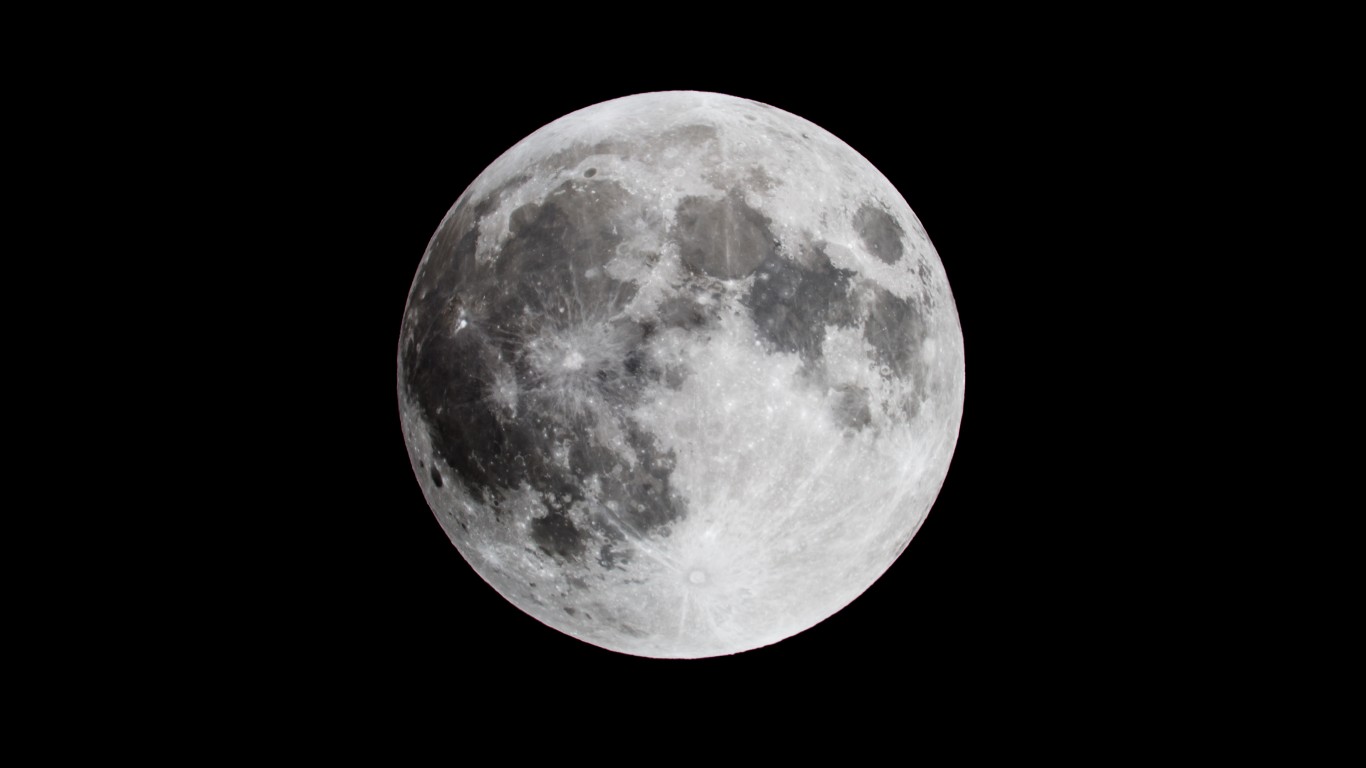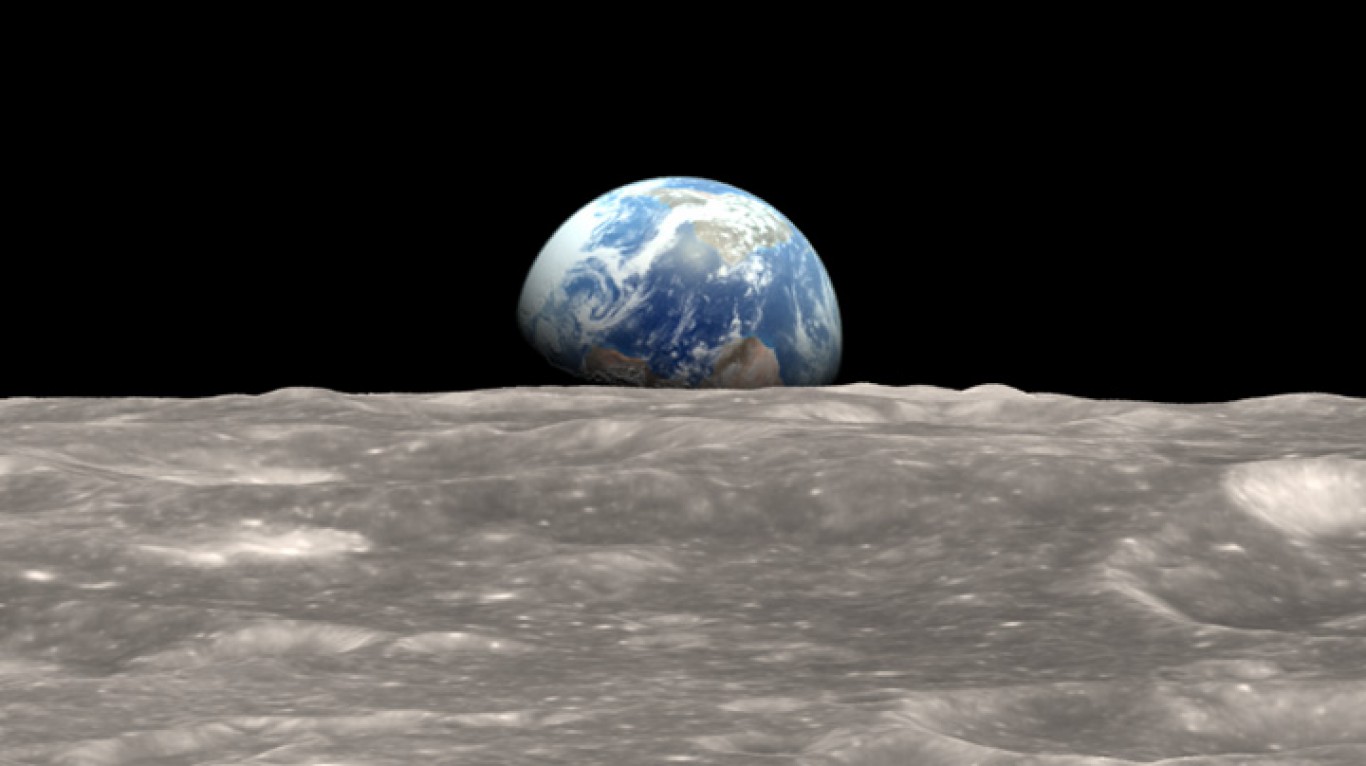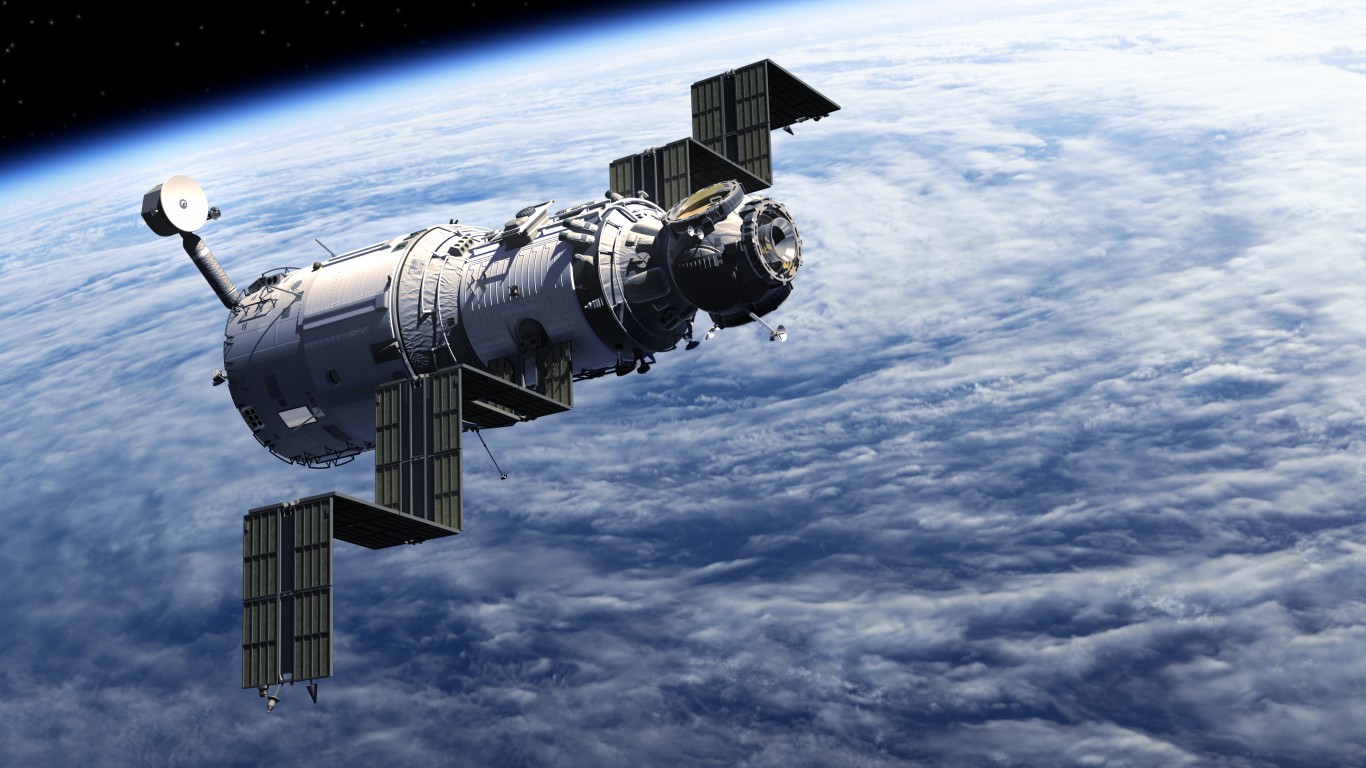
Since the International Space Station was completed in the year 2000, there hasn’t been a single day when we didn’t have human beings up in space. But in fact, there are two operating facilities in orbit, with the other being China’s Tiangong Space Station. One of them is due to crash.
We’ve collected data from NASA and public media sources about previous, current, and future planned space stations, including some that will be operated by private corporations. Find out which ones—maybe you’ll want them for your investment portfolio.
24/7 Wall St. Insights
- There have been 10 previous crewed space stations operated by the United States, the Soviet Union, or China. Tow are currently operational.
- The International Space Station is scheduled for a controlled reentry over the Pacific in 2031 which will destroy the aging facility.
- 11 more stations have been proposed and are in various stages of planning and development.
- Also: 2 Dividend Legends to Hold Forever
Soviet Space Stations
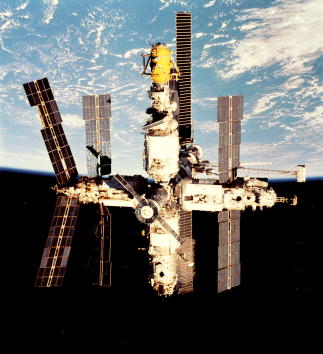
The first space station was the Soviet Union’s Salyut 1, launched in 1971 and lasting only 175 days. Over the next two years, the USSR attempted to launch three other stations but the first failed to achieve orbit and the other two lasted less than two weeks. In the 26-year period from 1975-2001, the Soviets launched 5 more Salyut stations, and their final one, Mir. Over time, Soviet space stations lasted longer. Mir spent 5,511 days in orbit and hosted 125 crew and visitors. It was destroyed in a controlled crash over the Pacific Ocean in 2001.
The American Space Station
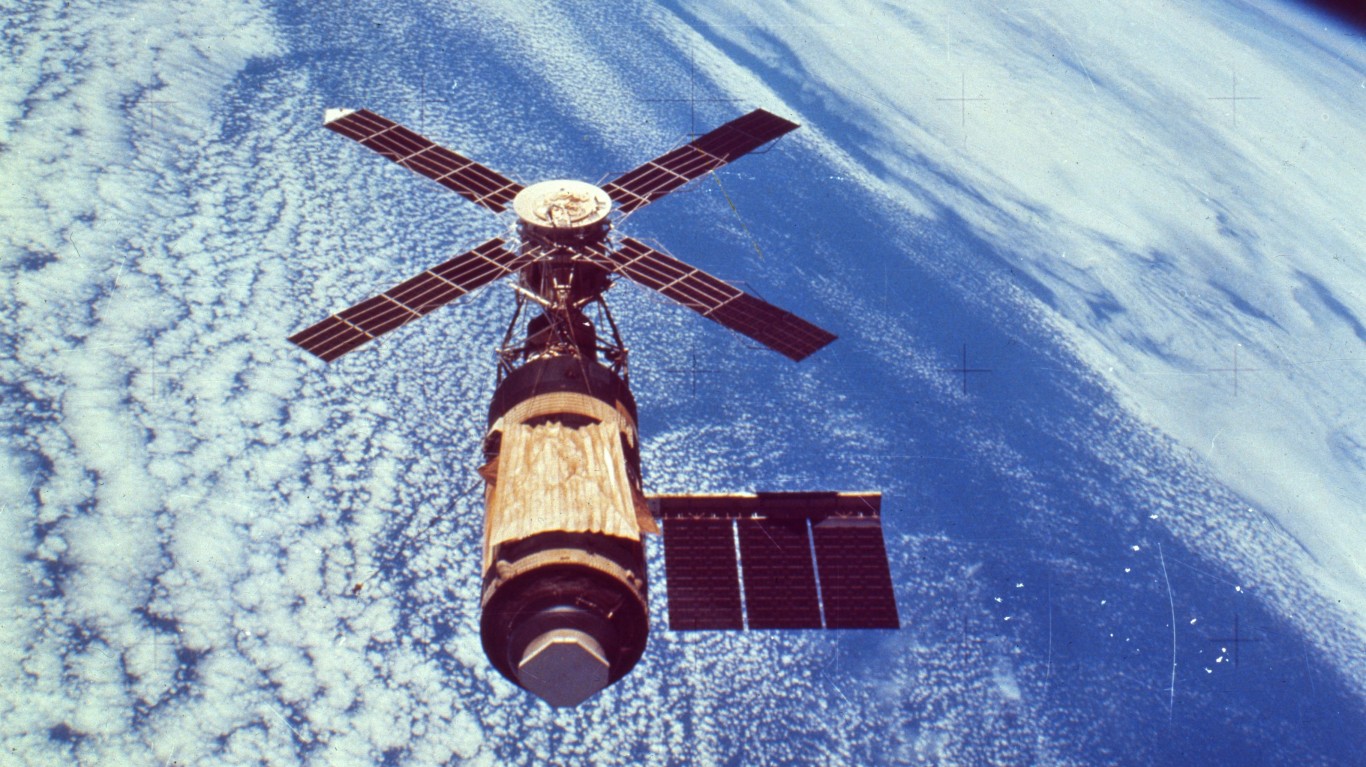
The United States operated only one space station of its own: Skylab, which lasted from 1973-1979. It could hold a crew of three. NASA sent three crews to visit it, each of which broke previous space endurance records. They studied how the human body adapts to a weightless environment, completed detailed solar observations, and surveyed the Earth for natural resources. Skylab was occupied for 171 days in its lifetime. NASA intended to use a Space Shuttle mission to boost it to a higher orbit and abandon it, but solar storms prevented such a mission. The station reentered the atmosphere in 1979 and scattered debris across the Indian Ocean and Australia.
The International Space Station
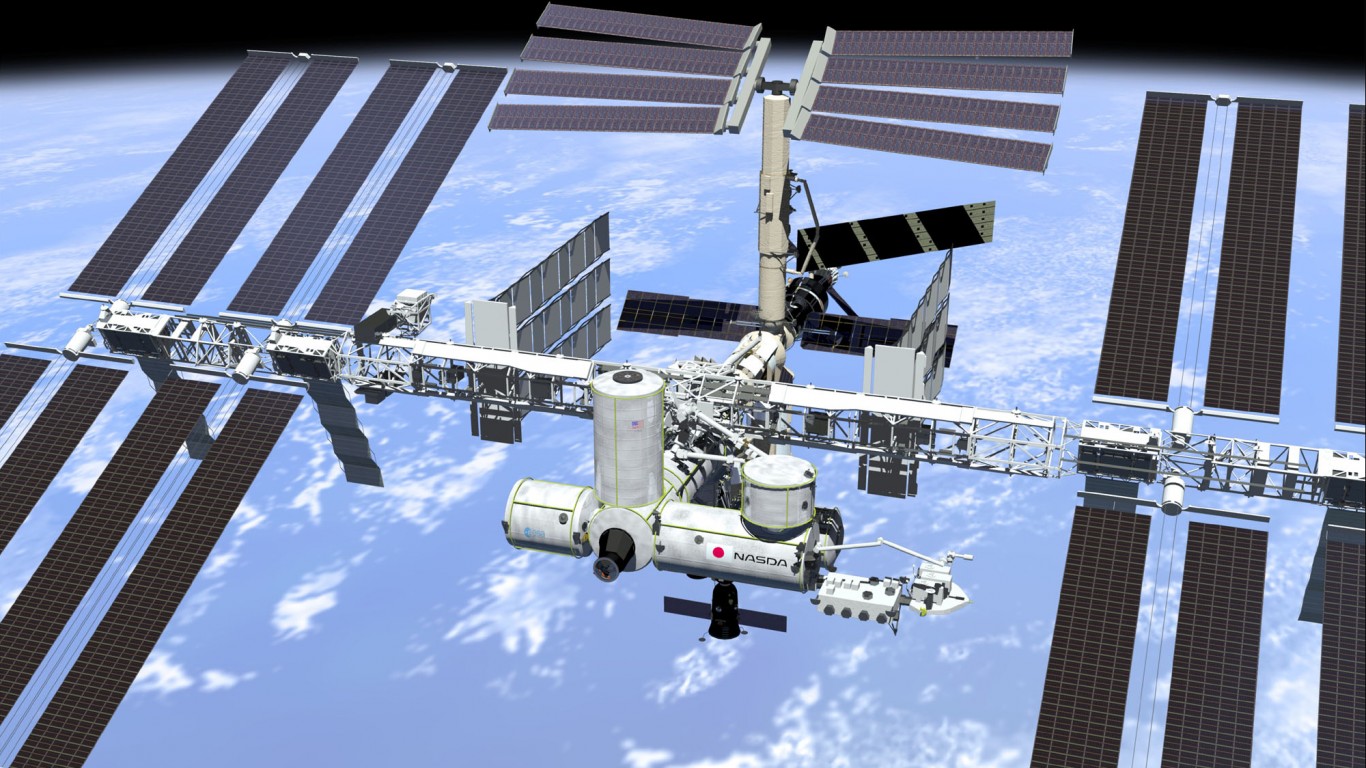
Given the extraordinarily high cost and complexity of building an orbital science station, the United States and partners like Canada, Japan, and European allies cooperated to design and build the International Space Station. During a period of thawing relations, Russia joined the project in 1993. Orbital construction lasted from 1998-2011. It has been the longest-lasting of any space station ever built: 9,401 days in orbit, with a total of 230 crew and visitors thus far.
The ISS partners had many ambitious goals for it. It was to be an orbiting observatory of Earth and space, a low-gravity research facility, and a potential staging base for interplanetary missions. The element of international cooperation helped maintain good diplomatic relations with Russia at a time when its superpower status was slipping away. The ISS is now aging to such an extent that mission controllers plan to crash it into the Pacific Ocean in 2031, with most of it burning up in the atmosphere during reentry.
Chinese Space Stations
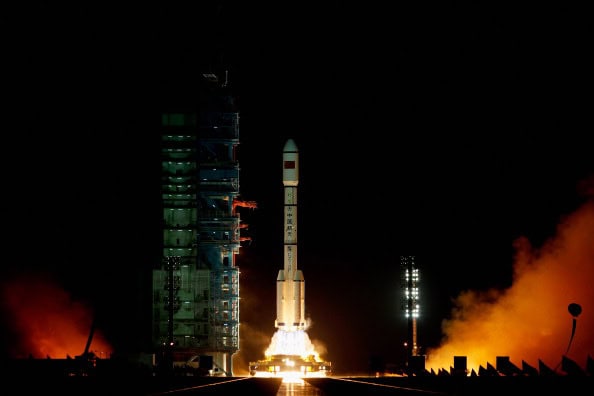
Because of concerns about sharing sensitive technology with military applications, China has not participated in the International Space Station project but has built its own orbital research stations. Tiangong 1 was in orbit from 2011-2018 and Tiangong 2 from 2016-2019. Each of them was occupied less than a month by a 2-6 crew members before they were decommissioned. The third of the series, called simply Tiangong Space Station, was launched on April 29, 2021. So far 7 missions have brought 19 crew and visitors to it, who have stayed there a total of 1,075 days.
Space Station Proposals
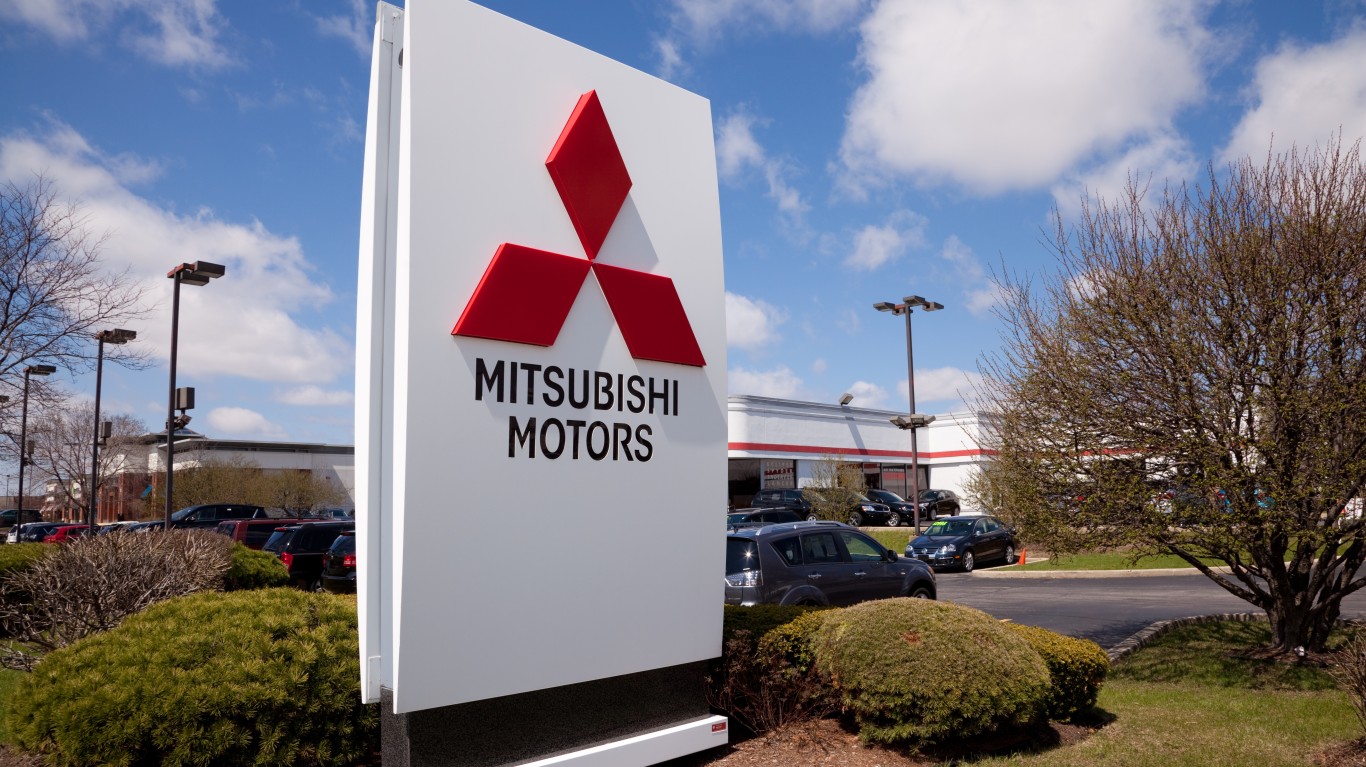
If all goes according to plan, the night sky will soon be full of space stations, some launched by countries that have not previously operated one on their own, like India and Japan, and some operated by private companies. Here’s what’s in the works, along with the anticipated launch dates and sponsoring countries or companies:
- Lunar Gateway (2025) – United States, Europe, Canada, Japan
- Haven-1 (2025) – Private: Vast
- Axiom Station (2026) – United States
- StarMax (2026) – Private: Gravitics
- LIFE Pathfinder (2026) – Private: Sierra Space
- Russian Orbital Service Station (2027) – Russia
- Starlab (2028) – Private: NanoRocks, Voyager Space, Airbus, MDA Space, Mitsubishi.
- Orbital Reef (late 2020s) – Private: Blue Origin, Sierra Space.
- Lunar Orbital Station (after 2030) – Russia
- Bharatiya Antariksha Station (around 2035) – India
- Japanese Space Station Module (TBD) – Japan
Take Charge of Your Retirement In Just A Few Minutes (Sponsor)
Retirement planning doesn’t have to feel overwhelming. The key is finding expert guidance—and SmartAsset’s simple quiz makes it easier than ever for you to connect with a vetted financial advisor.
Here’s how it works:
- Answer a Few Simple Questions. Tell us a bit about your goals and preferences—it only takes a few minutes!
- Get Matched with Vetted Advisors Our smart tool matches you with up to three pre-screened, vetted advisors who serve your area and are held to a fiduciary standard to act in your best interests. Click here to begin
- Choose Your Fit Review their profiles, schedule an introductory call (or meet in person), and select the advisor who feel is right for you.
Why wait? Start building the retirement you’ve always dreamed of. Click here to get started today!
Thank you for reading! Have some feedback for us?
Contact the 24/7 Wall St. editorial team.
